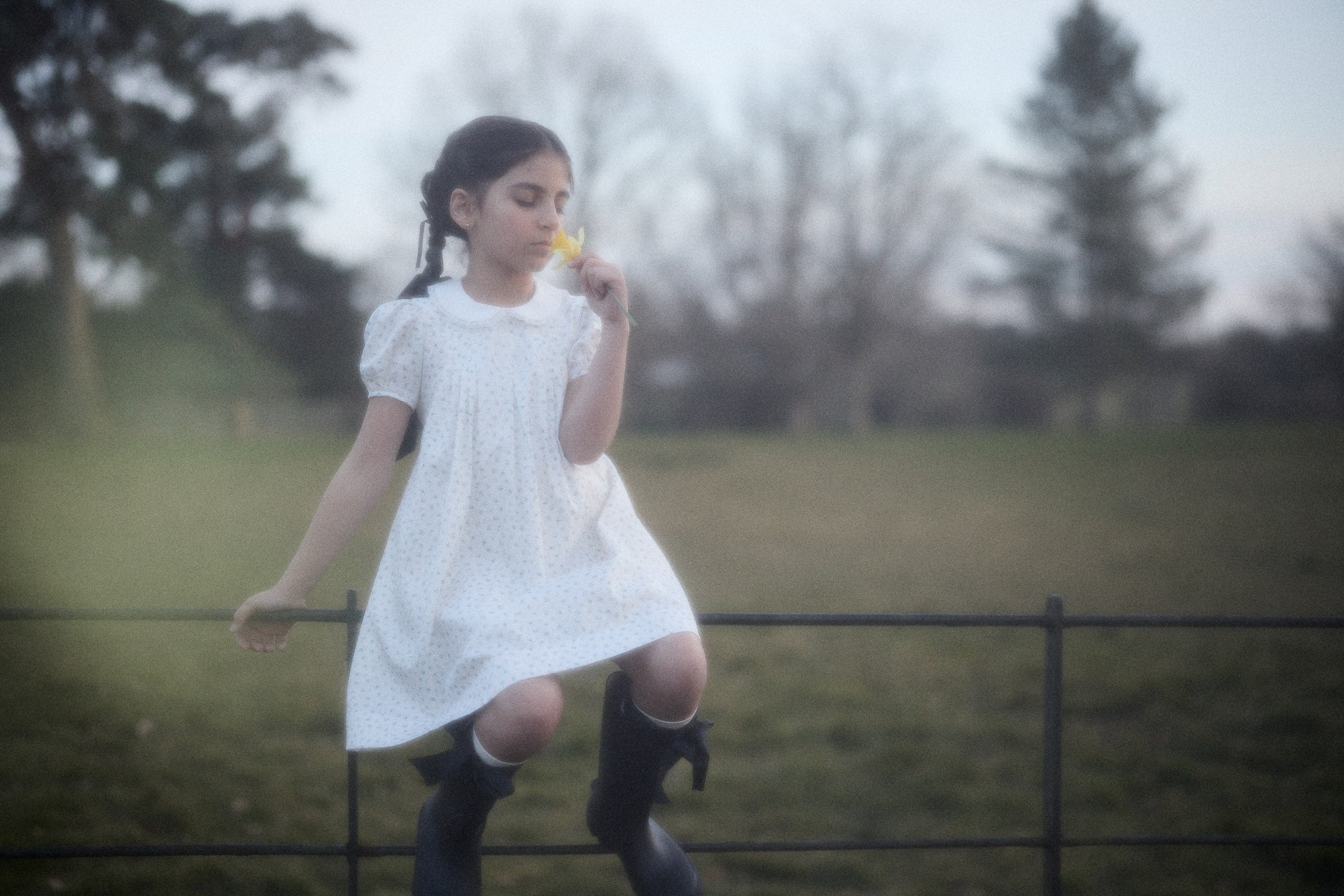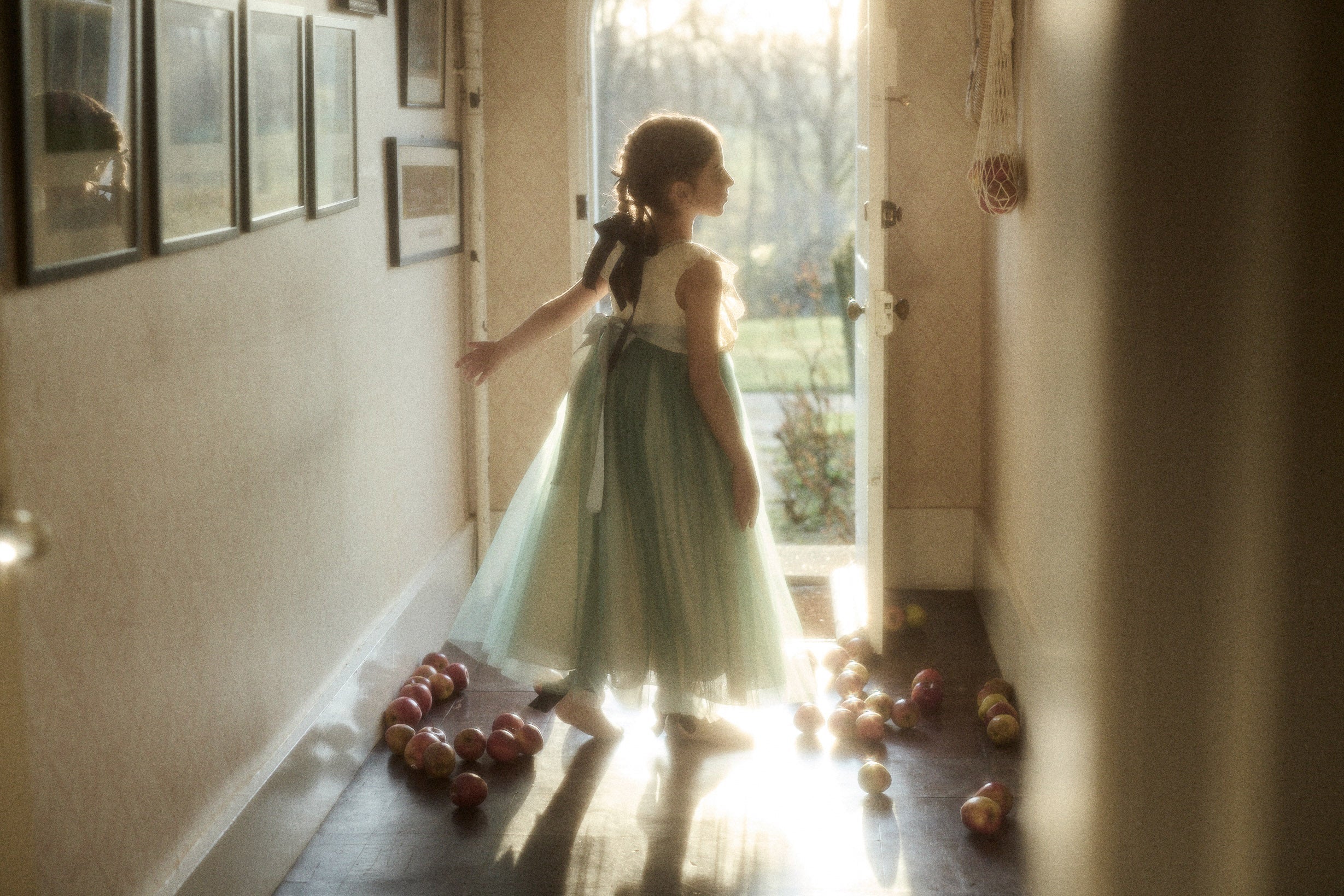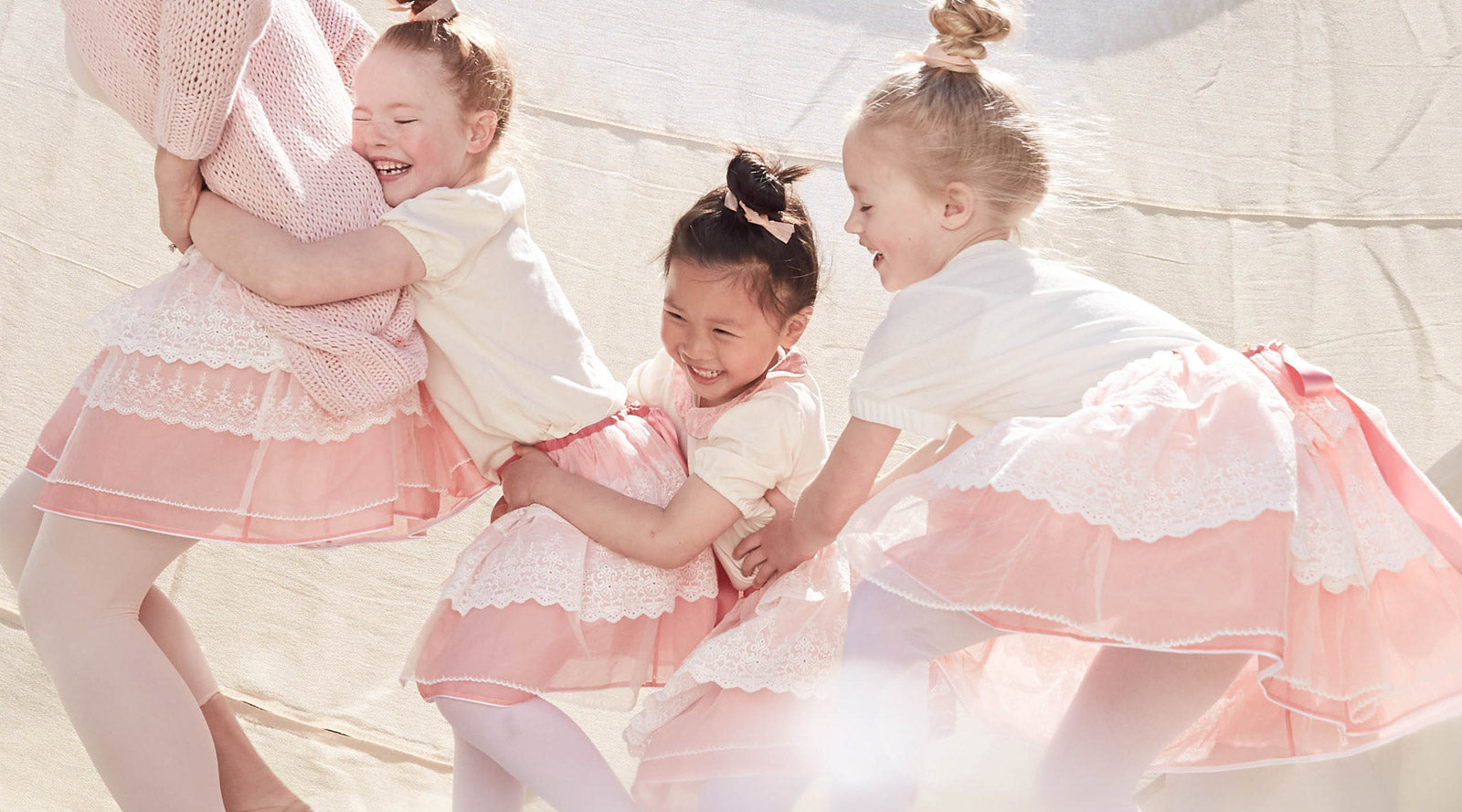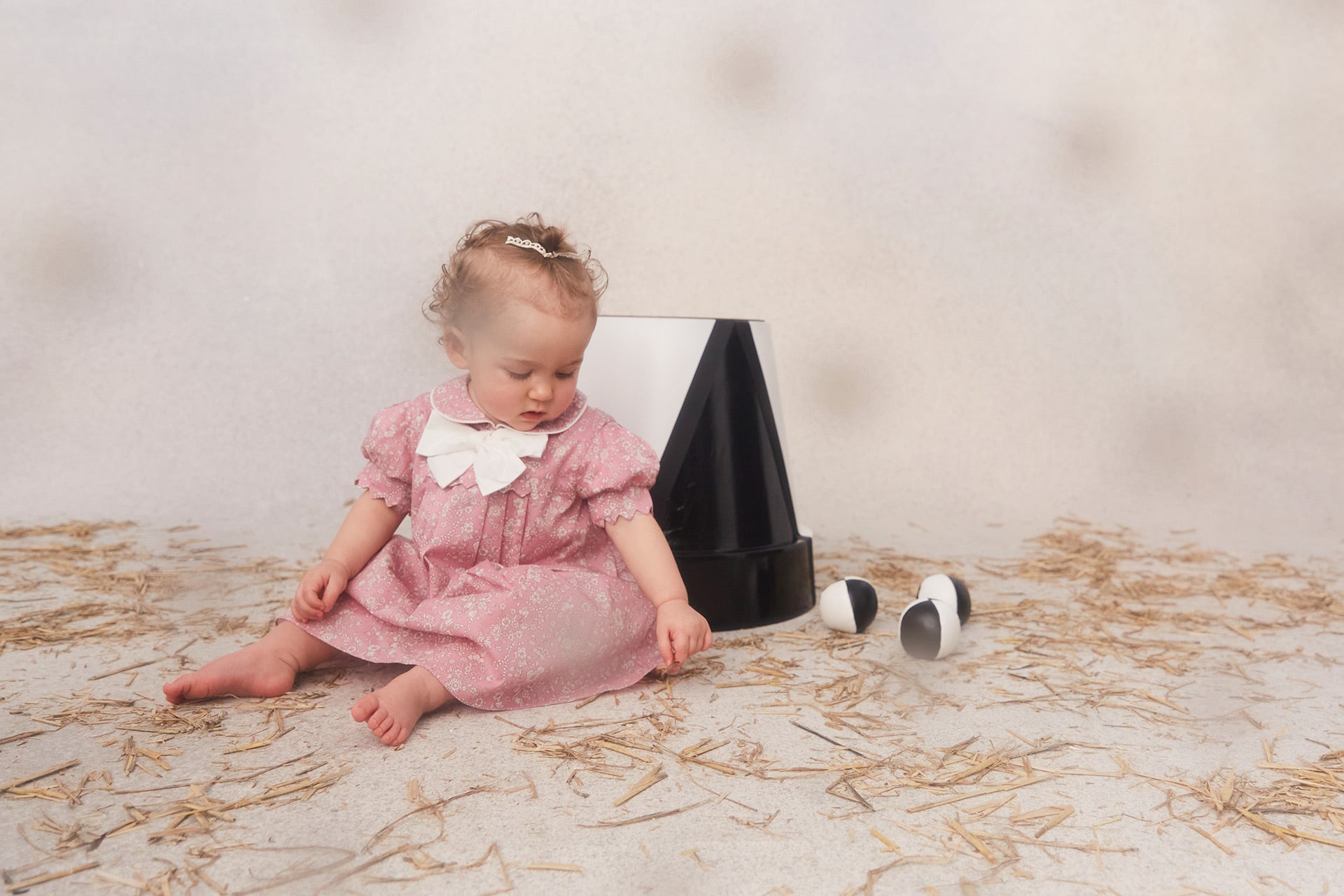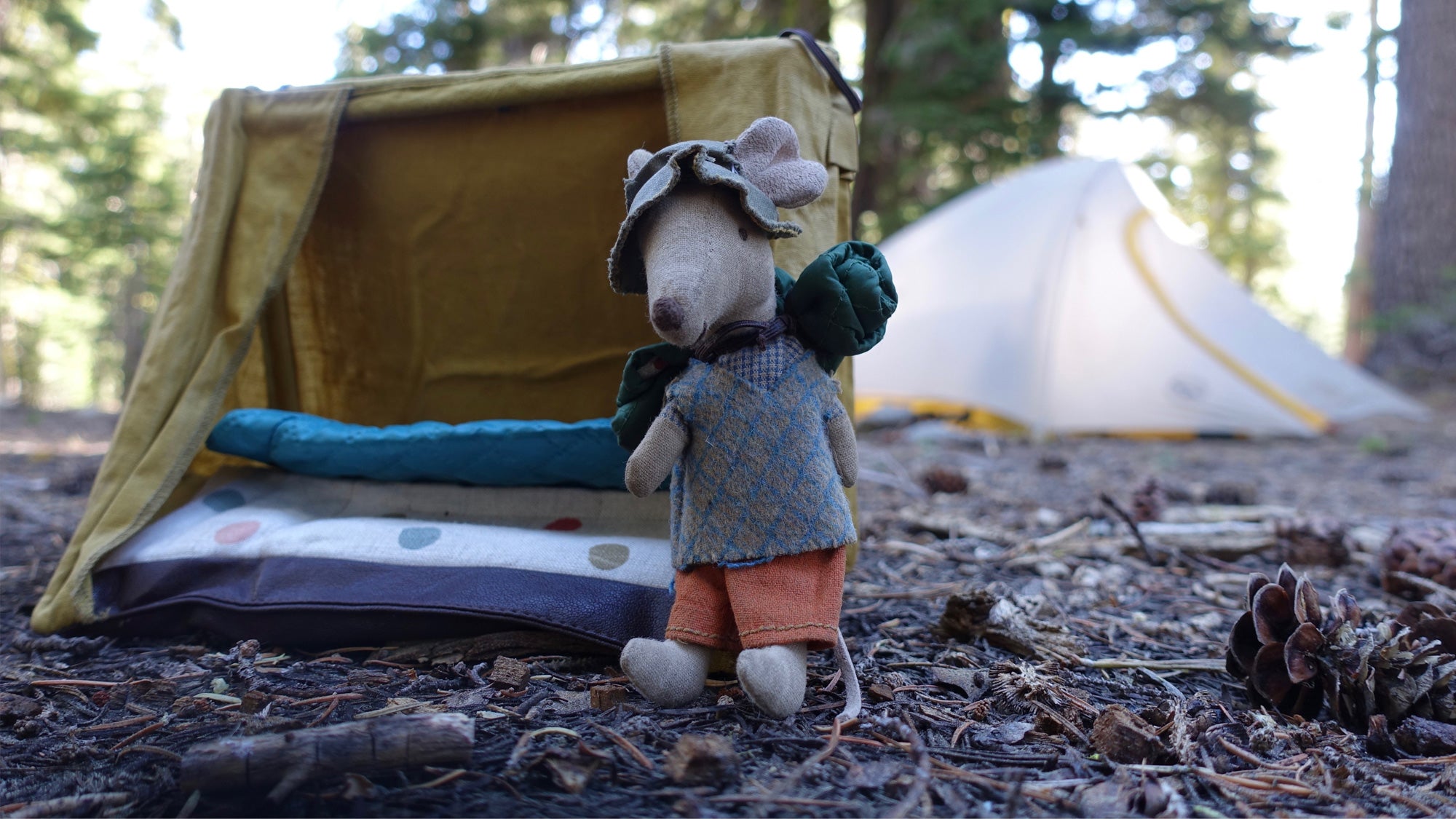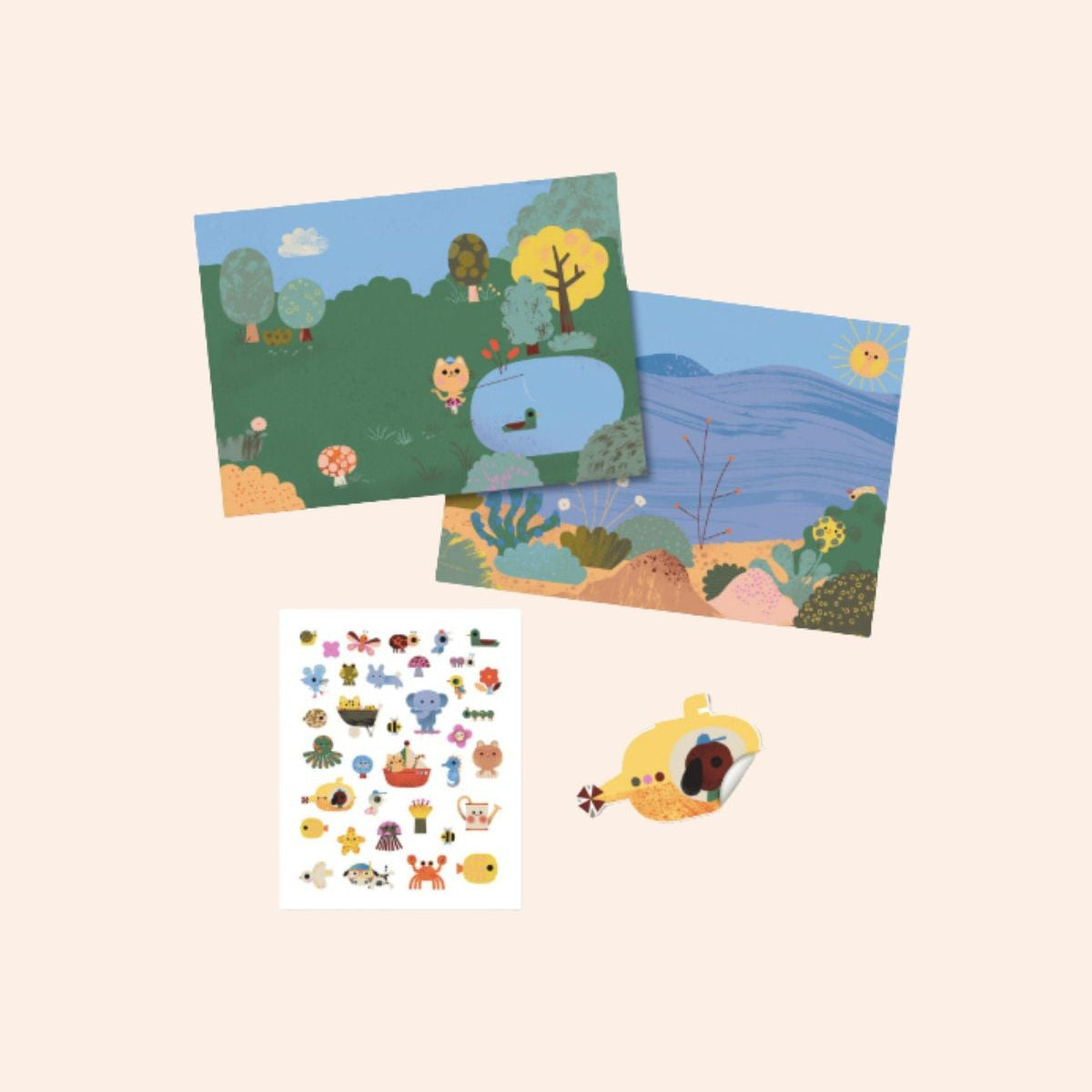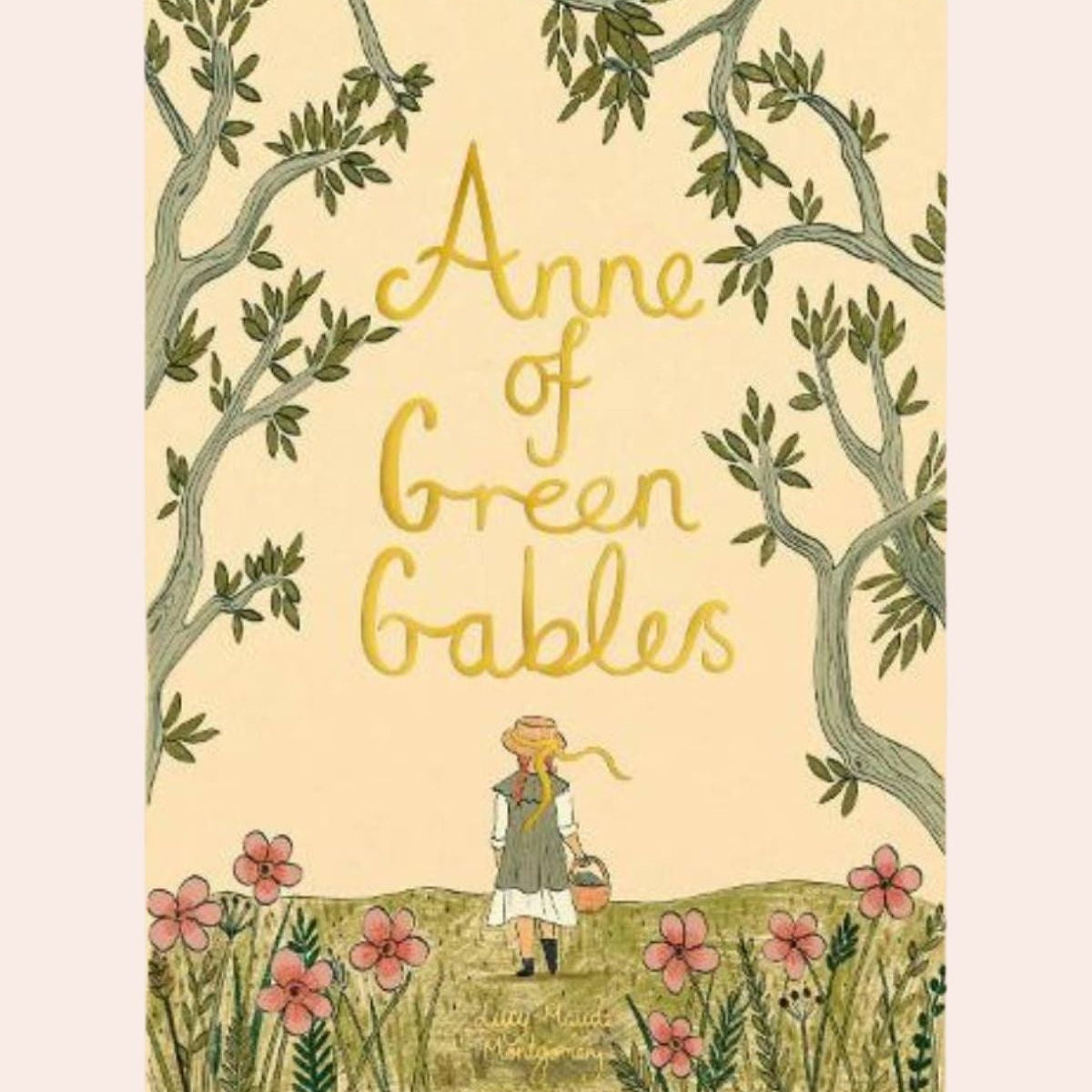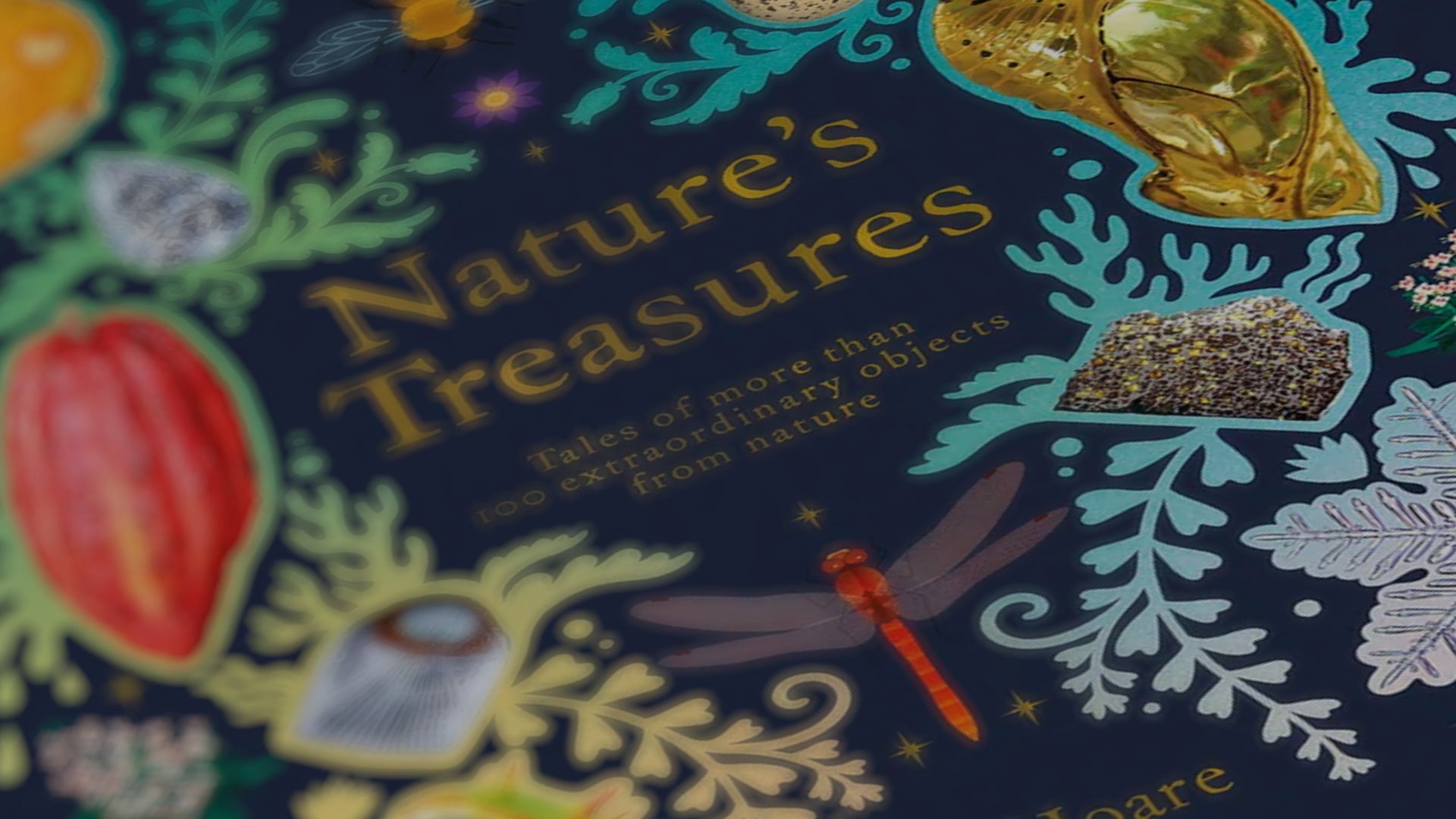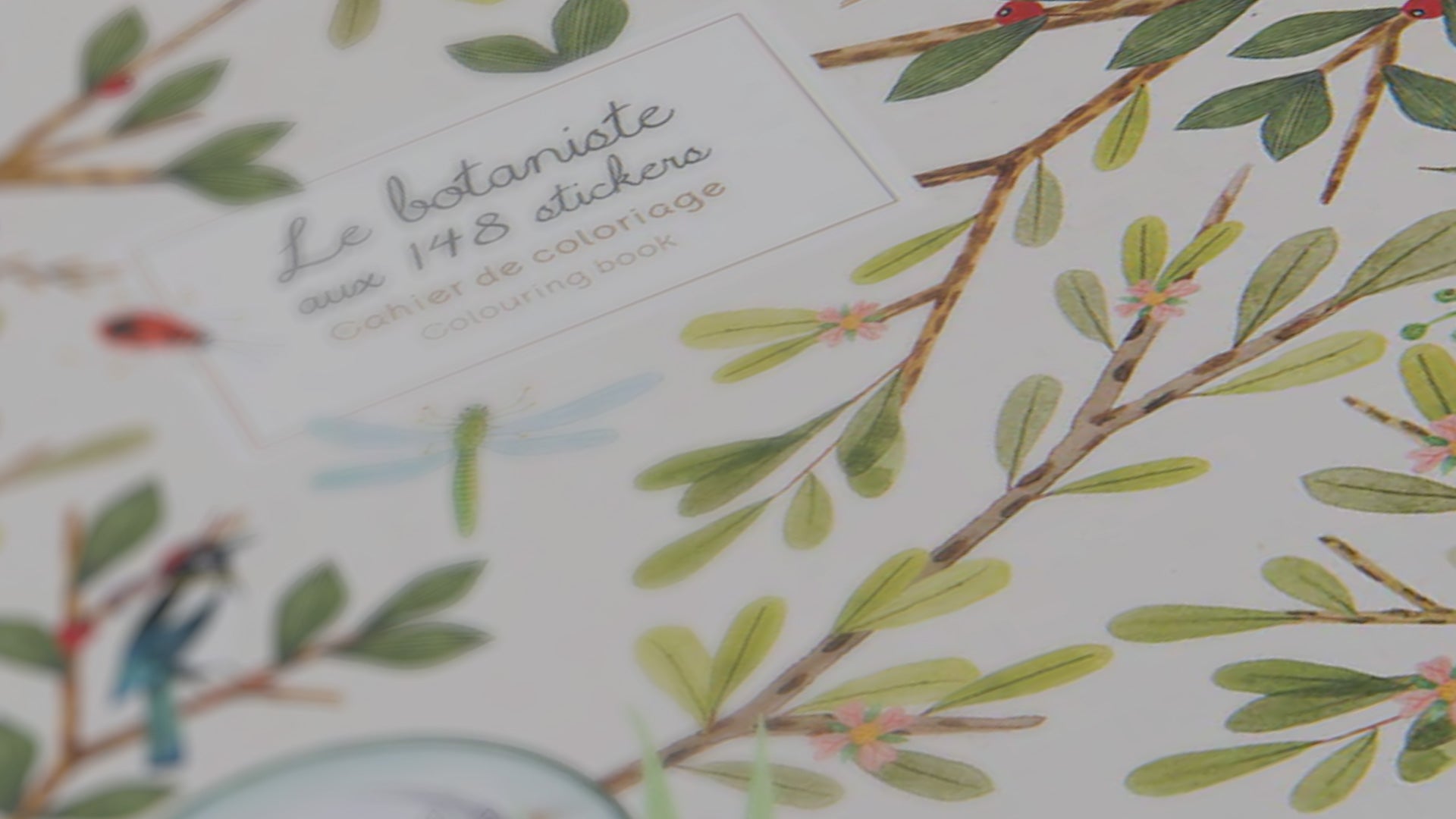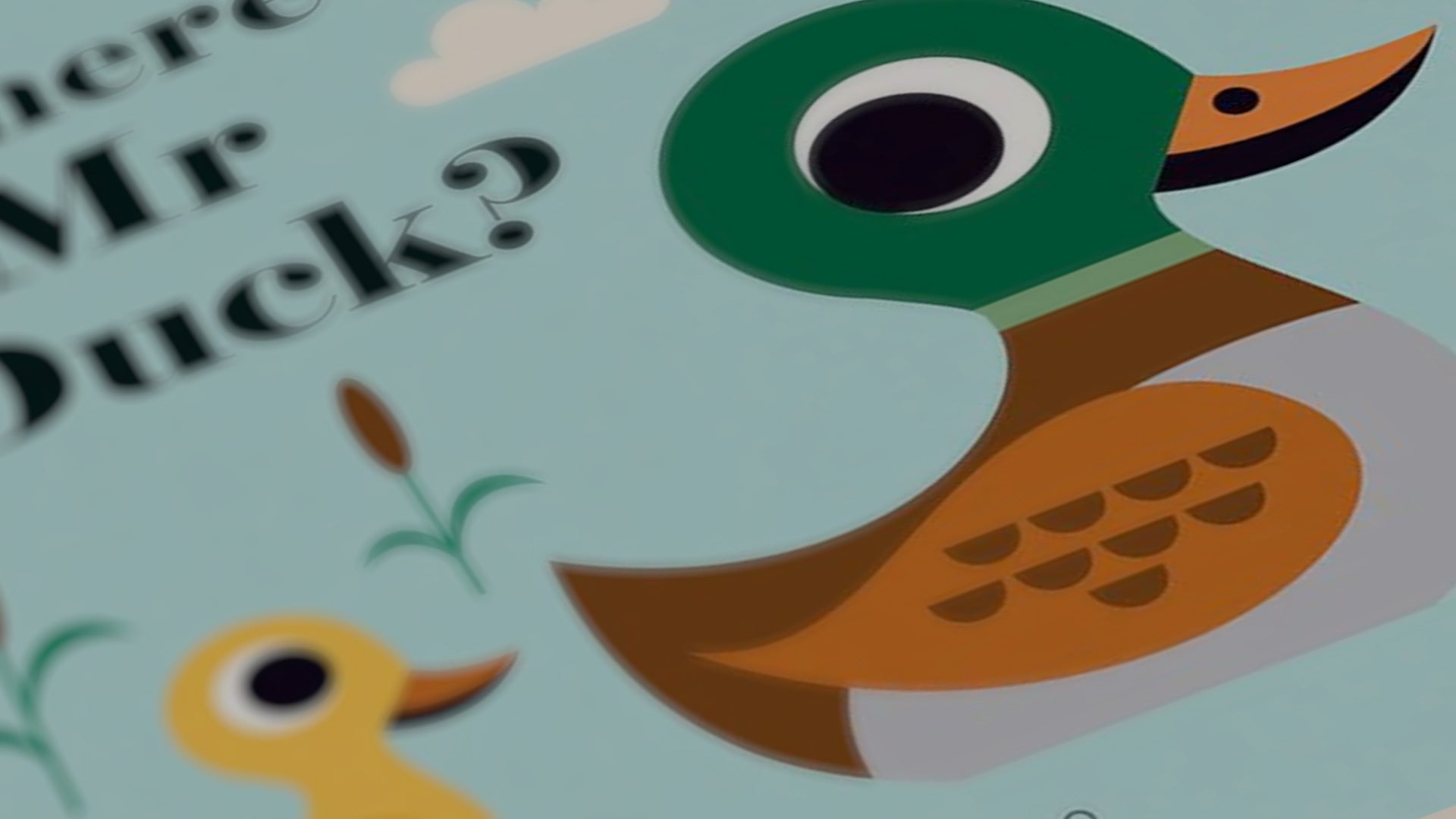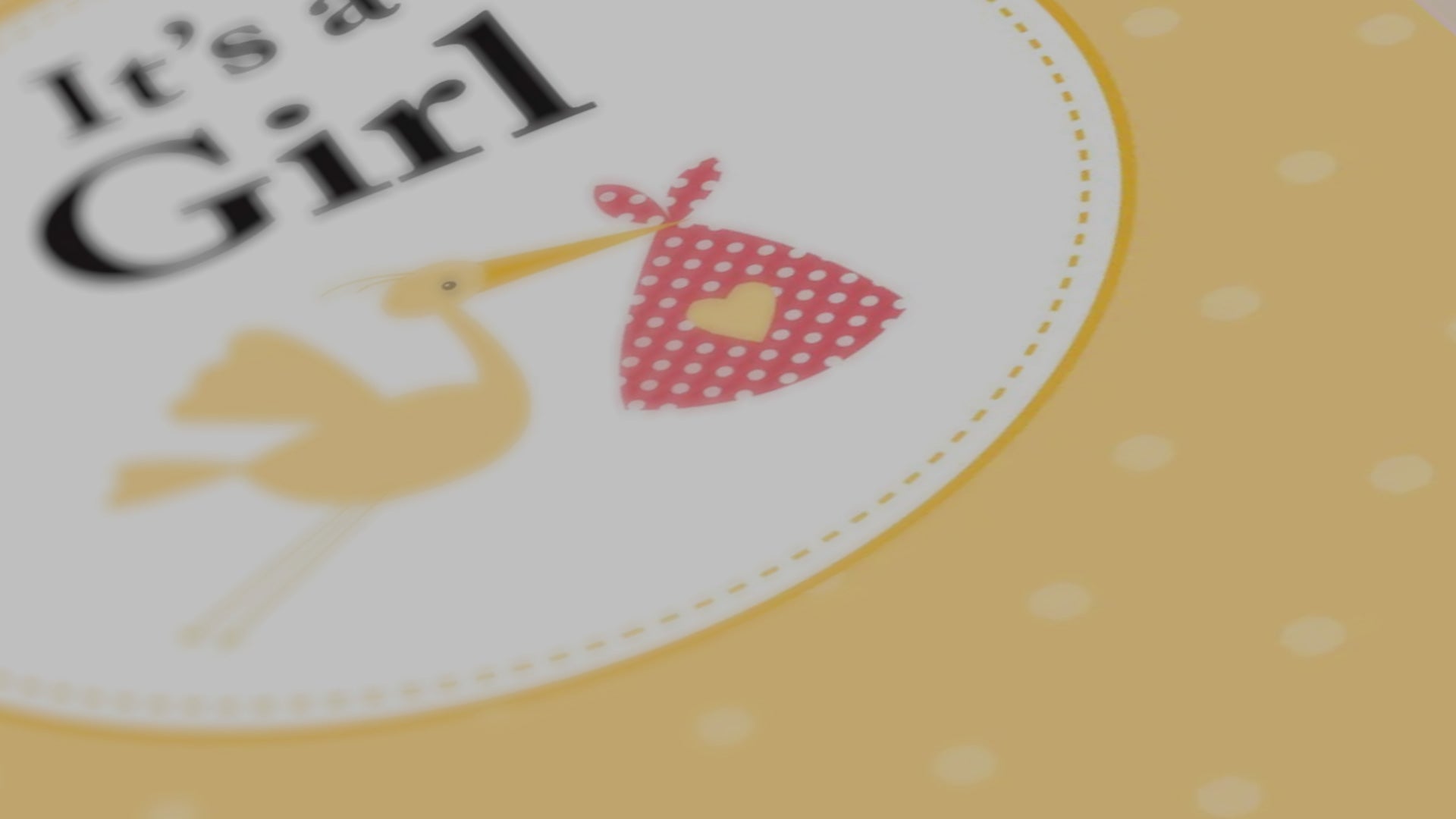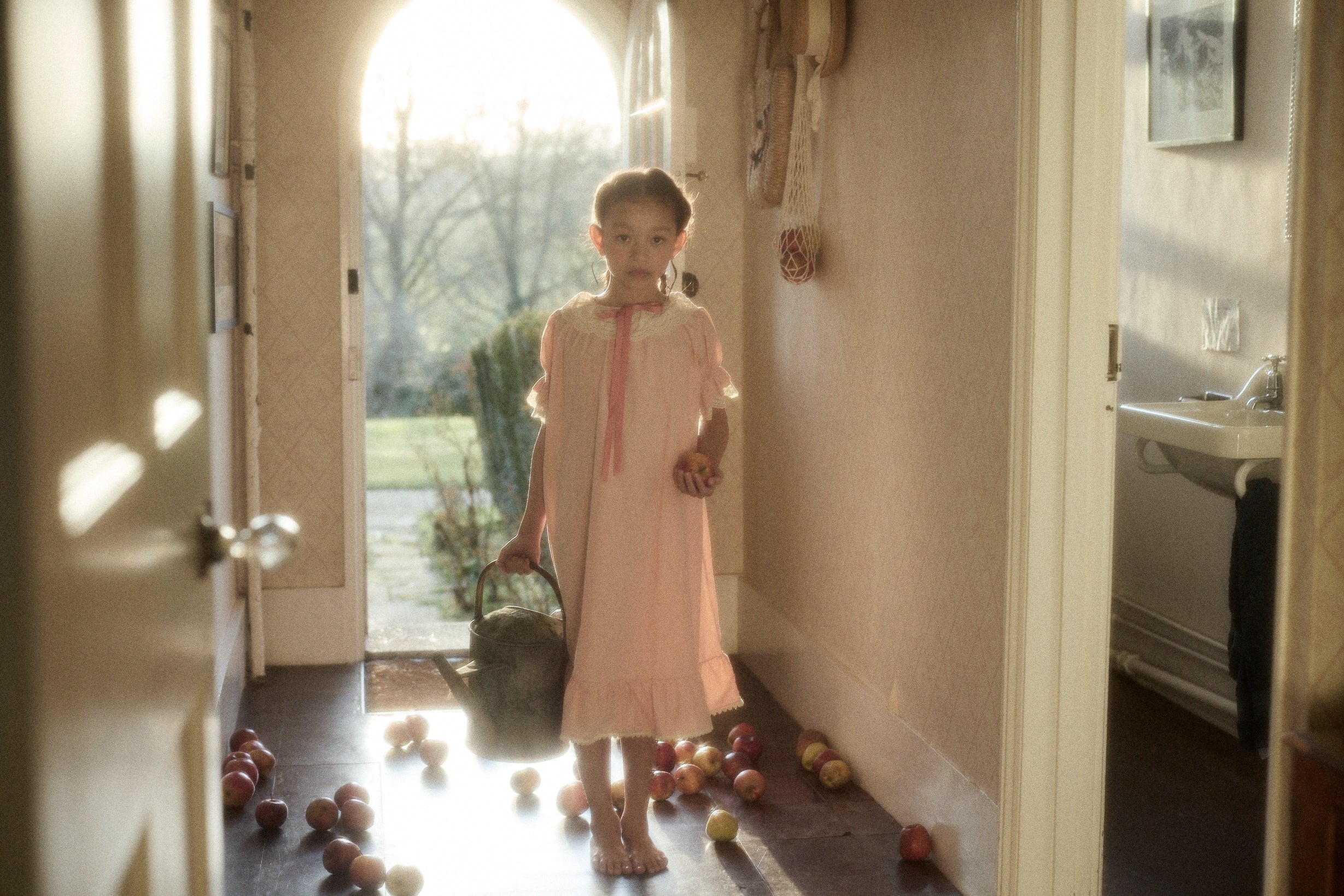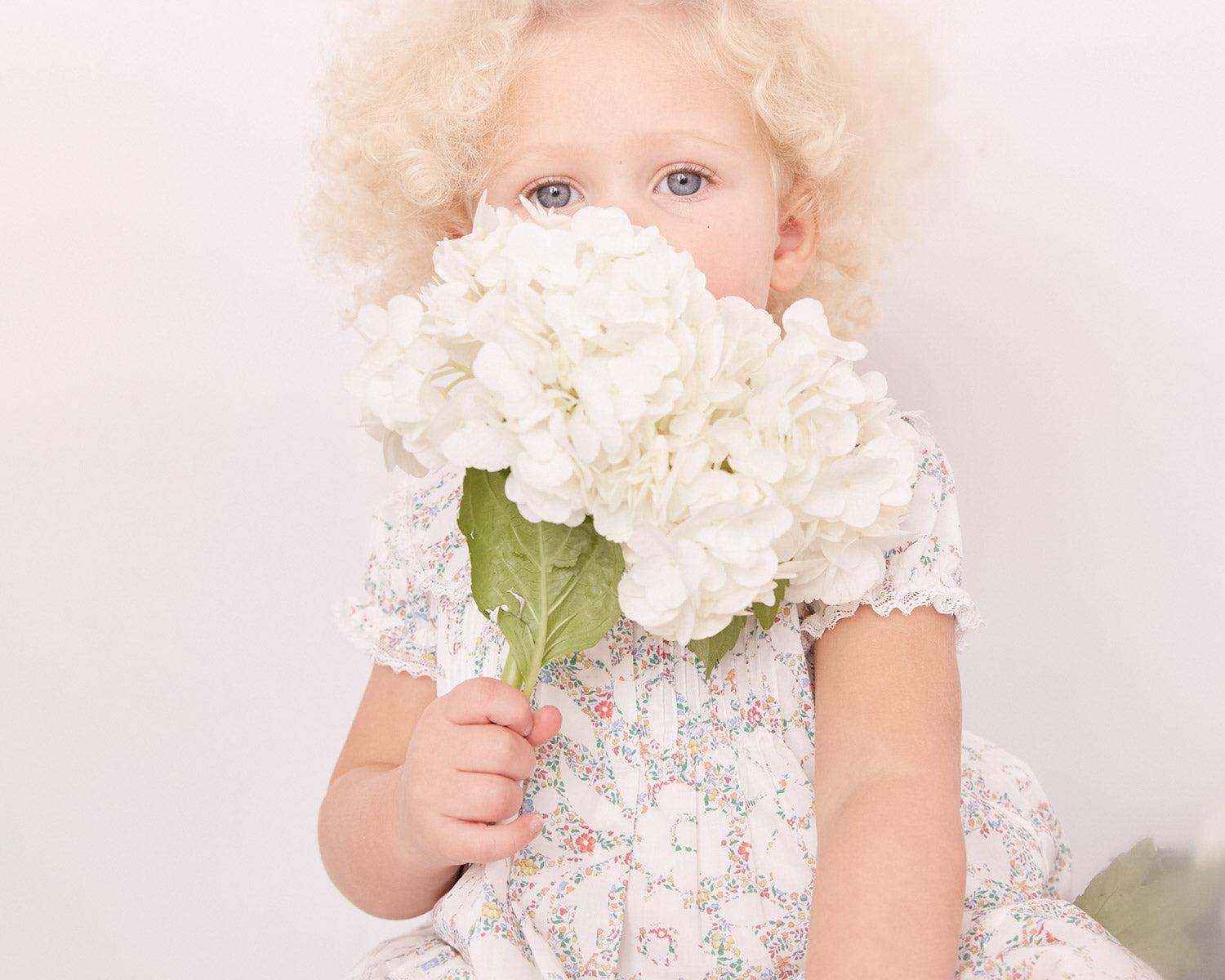The Life-Lighting Magic of Poetry

We’re very grateful to whoever decided that April should be Poetry Month. As the gateway to spring, it offers an ideal opportunity for teaching children that most poetic and uplifting of skills: observation.
Memorising a poem is one of those tricks that never fail to repay their master, like juggling or being able to name a constellation in the night sky. Unlike juggling or astronomy, however, learning the words of a beloved verse also hands us the keys to fashion our own poetry. For children this is especially powerful, not only because it extends their vocabulary but also their visual, intellectual and emotional sensibility. And this in turn enhances a sense of connection with and command over the world around them. It is inspirational instruction of the best kind.
That’s what legendary storyteller Sir Walter Scott was getting at when he enjoined nineteenth-century parents, in suitably bossy Victorian fashion, as follows: ‘Teach your children poetry; it opens the mind, lends grace to wisdom and makes the heroic virtues hereditary.’

So if you fancy an elevating and peaceful activity that will light up the stars in your child’s mind, simply take a walk outside with a pencil and notepad. Ask them to note down any signs of the changing seasons. What flowers, plants, animals can they spot? What are they doing? Are they in a process of change? Take these observations home, cut out petals of paper, write down a different sign of spring on each petal, and glue them together to make their very own poetic flowers to decorate a wall or window.
If they need a little encouragement beforehand, why not read them Marilyn Singer’s gorgeous poem, ‘April is a dog’s dream’, see if they can learn it by heart.
april is a dog's dream
the soft grass is growing
the sweet breeze is blowing
the air all full of singing feels just right
so no excuses now
we're going to the park
to chase and charge and chew
and I will make you see
what spring is all about

